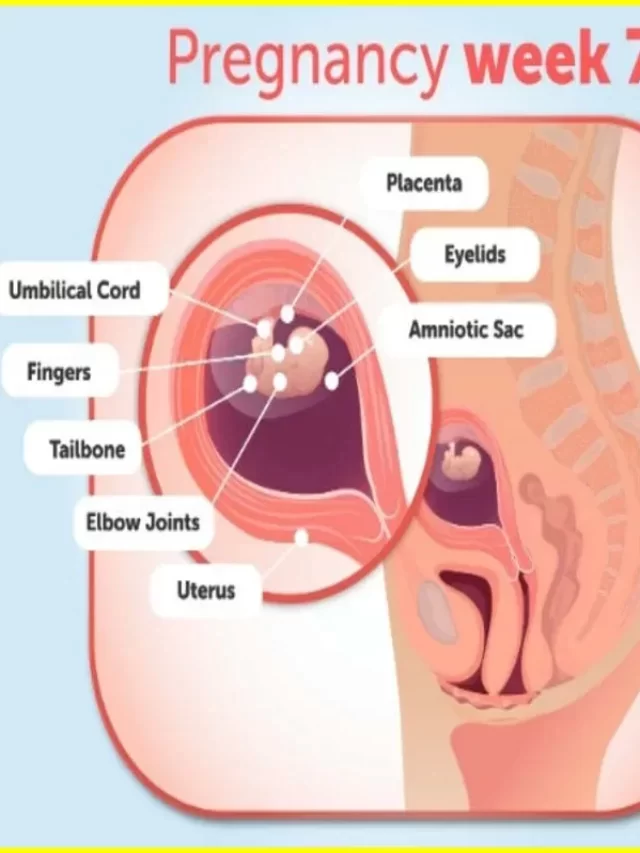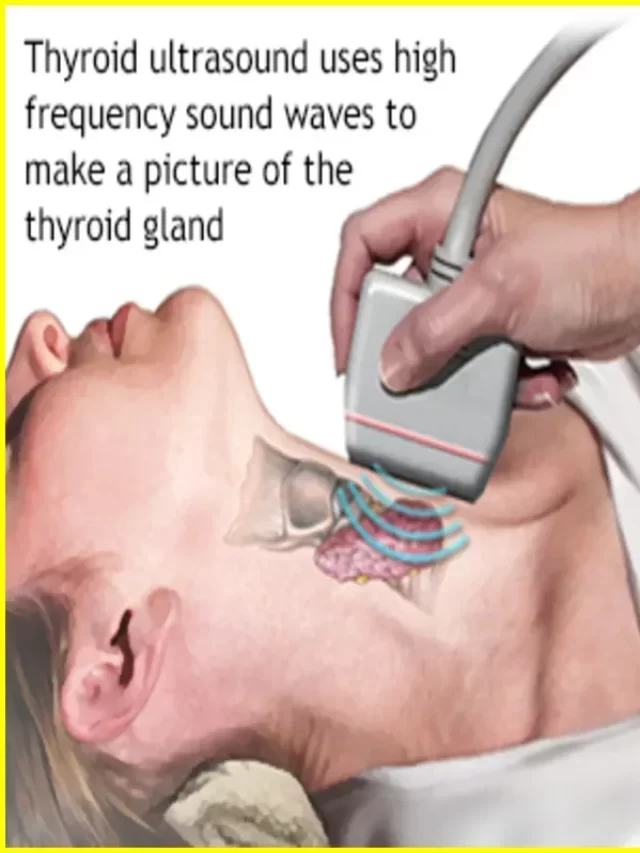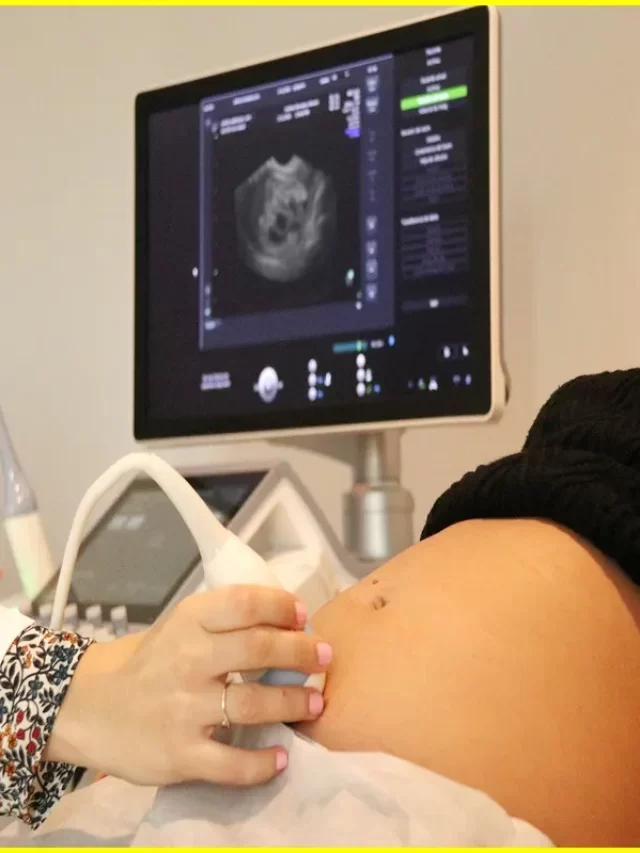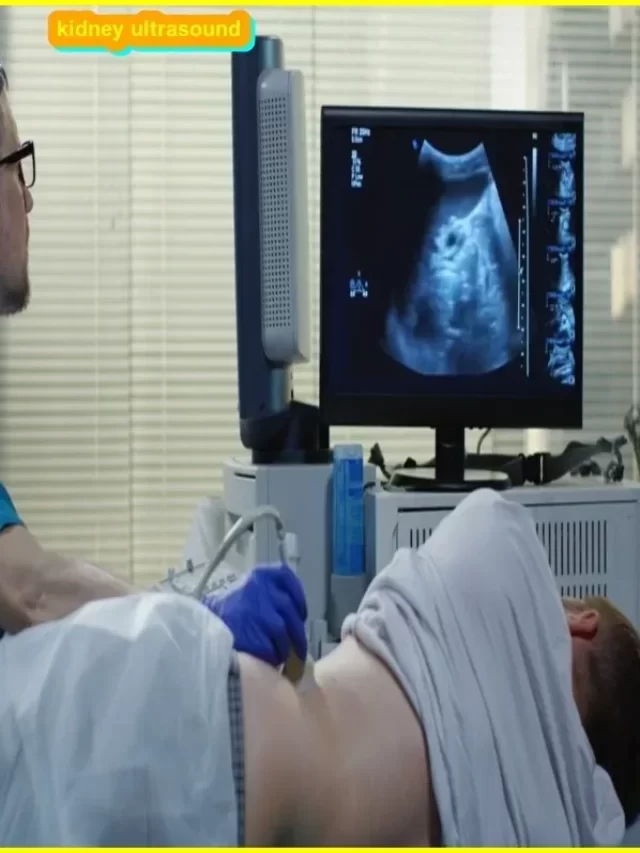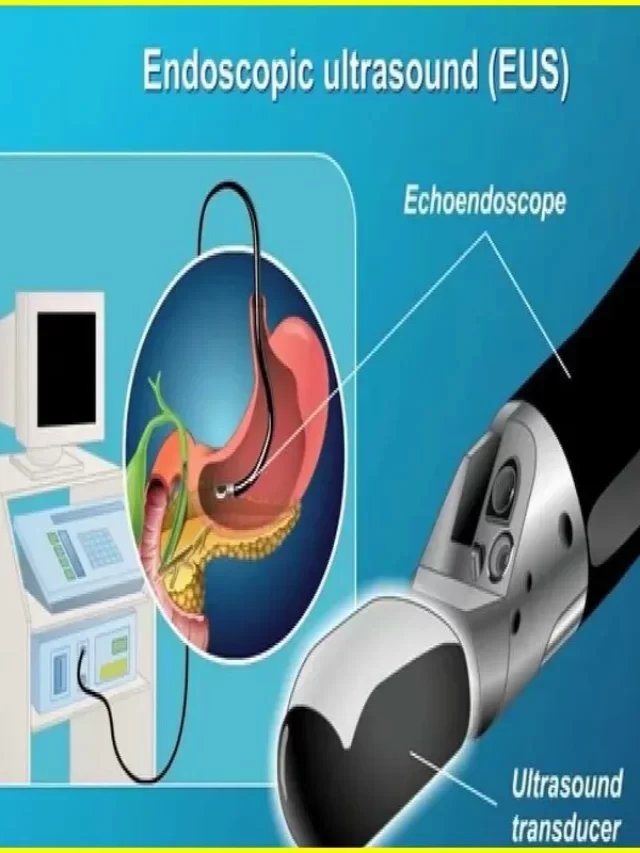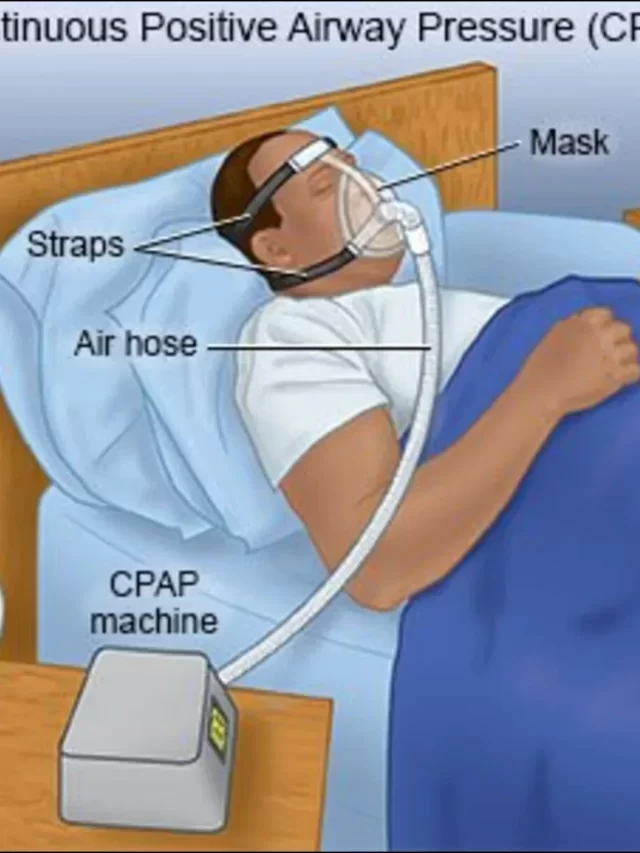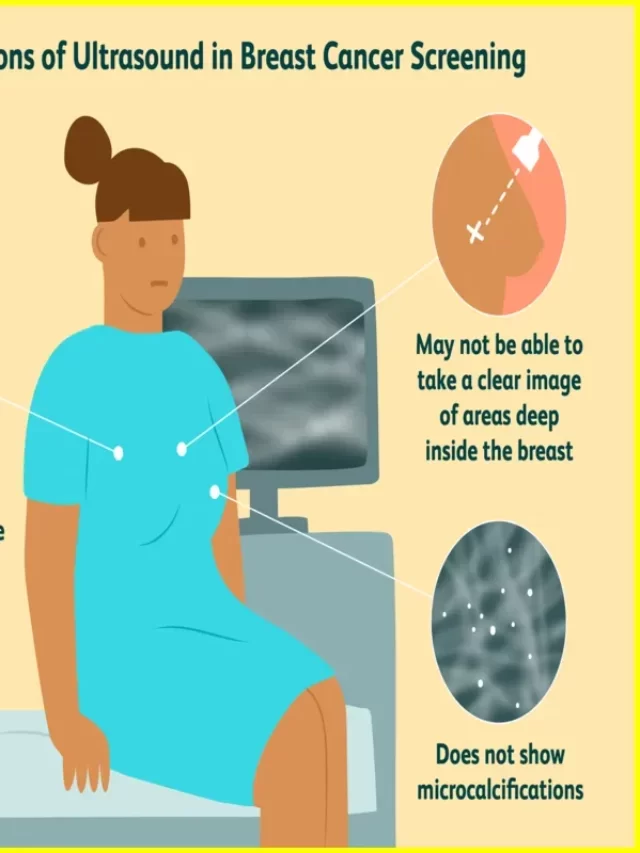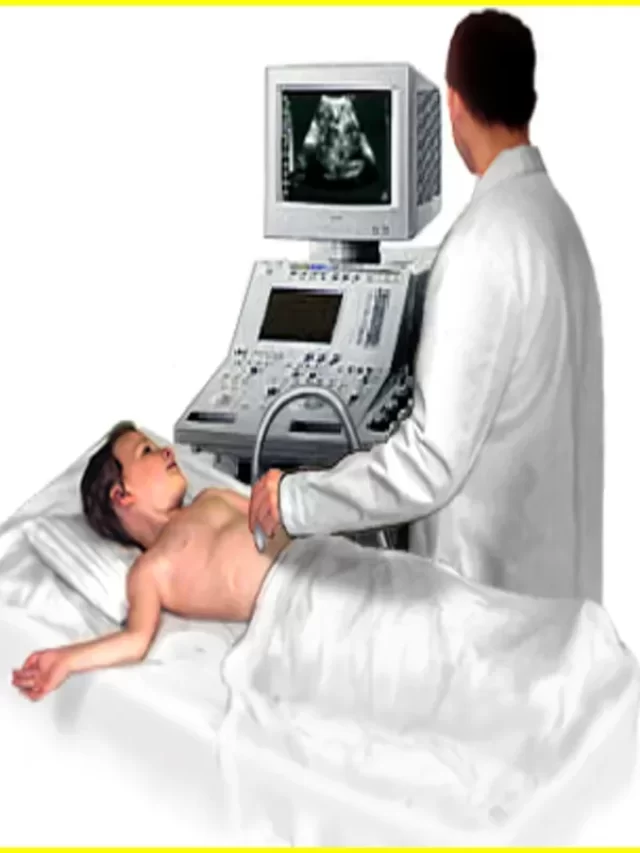
What is Nuclear Stress Test
A nuclear stress test is a diagnostic procedure used to assess blood flow to the heart muscle. The test is usually performed using radioactive isotopes and special cameras to create images of the heart. Nuclear stress tests are used to diagnose coronary artery disease, which can lead to heart attacks. The test can also help determine if someone is at risk for developing coronary artery disease. The procedure for a nuclear stress test is as follows: first, a small amount of radioactive isotope is injected into the bloodstream.
Then, the person rests for about 30 minutes so that the isotope has time to circulate through the body. Next, special cameras are used to take pictures of the heart while it’s at rest and during exercise (usually on a treadmill). After the procedure, it’s important to drink plenty of fluids and avoid strenuous activity for 24 hours to help flush the isotopes out of your system. You may also be advised to avoid alcohol and caffeine for a few days.
Nuclear Stress Test
A nuclear stress test is a type of cardiac stress test that uses small amounts of nuclear medicine to assess blood flow to the heart muscle. The test is also sometimes called myocardial perfusion imaging (MPI).
Nuclear stress tests are used to help diagnose coronary artery disease (CAD). The test can also be used to determine how well treatments for CAD, such as angioplasty and stents, are working.
During a nuclear stress test, you will exercise on a treadmill or stationary bike. You will be closely monitored during the exercise portion of the test.
After the exercise portion of the test is completed, you will be given an injection of a radioactive tracer. The tracer will travel through your bloodstream and collect in your heart muscle. A special camera will take pictures of your heart while it is at rest and after exertion.
The pictures will be interpreted by a doctor who specializes in nuclear medicine. The doctor will look for any areas of decreased blood flow to the heart muscle. These areas may indicate CAD.
If you have CAD, you may be referred for further treatment, such as angioplasty or coronary artery bypass surgery.
You can prepare for a nuclear stress test by eating a light breakfast on the day of the test and wearing comfortable clothing. You should not drink coffee or smoke before the test.
What is a Nuclear Stress Test
A nuclear stress test is a type of cardiac stress test that uses nuclear imaging to assess the blood flow to your heart. The test is also known as myocardial perfusion imaging.
During a nuclear stress test, you will be asked to exercise on a treadmill or stationary bike. You will be monitored closely during the test and given injected radioactive material, called tracers, through an IV in your arm. The tracers help the nuclear imaging camera produce clear pictures of your heart while it is working hard during exercise.
After the exercise portion of the test is over, you will rest for about 30 minutes so that the camera can take images of your heart at rest. These images are compared with the images taken during exercise to evaluate blood flow to your heart.
A nuclear stress test can help your doctor identify areas of poor blood flow to your heart muscle. This information can be used to develop a treatment plan to improve blood flow and reduce your risk of future heart problems.
Lexiscan Nuclear Stress Test
A nuclear stress test is a diagnostic procedure used to assess the blood flow to your heart muscle. The test is usually performed using an exercise stress test and a radioactive tracer.
The radioactive tracer is injected into your bloodstream and travels to your heart. The exercise stress test helps to assess blood flow to your heart muscle during physical activity.
The nuclear stress test can help diagnose coronary artery disease, as well as evaluate the severity of the disease. The test can also help determine if you are a candidate for treatments such as angioplasty or bypass surgery.
Article About:- Health & fitness
Article About:- Medical Technology
Article About:- IR News
Article About:-Amazon Product Review

If you have coronary artery disease, it is important to consult with your physician about the best treatment options for you. In some cases, lifestyle changes such as quitting smoking and exercising regularly may be all that is needed to improve your condition.
Nuclear Stress Test Procedure
The nuclear stress test uses a radioactive tracer to produce a picture on a display. A tracer is a very small amount of radioactive material that is delivered to your body through an intravenous (IV) line.
Rest and exercise images
Most doctors do a one-day nuclear stress test but it can also be done over two days. However, one-day testing generally proves more convenient for patients.
In this the resting image is captured first. This image requires only a small dose of Tc-99. The image is captured with a special type of camera that is used to scan the chest (gamma camera).
A few hours later, an image of the strain is captured. For the stressed image, the dose of Tc-99 is much larger than for the relaxed image. The tracer is injected only during peak exercise, which is typically performed on a treadmill or stationary bicycle. For both images, a gamma scan is performed 20 to 60 minutes after the tracer is injected.
in people who cannot exercise
Exercise stress testing is the most preferred method of performing nuclear stress testing. Some people are unable to do the exercise required for the test. As such they have physical limitations that make exercise difficult or impossible.
These patients may choose to have a pharmacological stress test instead of an exercise stress test. 3 This is done with drugs that cause stress on the heart in the same way as exercise.
The types of drugs used may include major
vasodilators such as Adenocard (adenosine) or Persantine (dipyridamole)
inotropic drugs, usually Dobutrex (dobutamine)
Vasodilators are generally preferred for pharmacological stress tests. These are medicines that dilate or open the blood vessels. If exercise is not an option then your doctor will choose the best medicine for your case.
How to Detox After Nuclear Stress Test
You should always focus on fresh, organic foods whenever possible and avoid processed, sugary and/or fatty foods, red meat, caffeine, and homogenized milk. More specifically, the following foods and nutrients are beneficial when detoxifying from radiation and balancing your body chemistry. It is suggested by experts that you include these foods in your diet on a regular basis.
Miso: This naturally fermented food made from soybeans, barley or rice helps you neutralize radiation and environmental pollution. Miso is also a great source of complete protein and aids in your digestion.
Fermented foods: You can also enjoy fermented foods such as yogurt, kefir, unprocessed cheeses, and unprocessed cabbage, which provide billions of friendly bacteria that destroy harmful bacteria in your intestinal tract.
Cruciferous Vegetables: Vegetables in this classification include substances that have antiradiation properties. This category mainly includes Brussels sprouts, broccoli, cabbage, turnip, cauliflower and kale.
Sea vegetables and compounds: Some sea vegetables and their compounds help a lot in reducing the absorption of radiation or protecting you from radiation. Kelp and agar are particularly beneficial. Dulse and kelp are both excellent sources of iodine, which protects against radioactive iodine.
Tea: Both black tea and thyme tea help protect you from radiation. Steep one tablespoon of thyme in 16 ounces of hot water for 20 minutes to make an anti-radiation tea.
Vitamin A/Beta-Carotene: When it comes to protecting your immune system, this vitamin also has the ability to protect the thymus. Vitamin A/beta-carotene produces antibodies as well as protects mucus membranes. Foods that contain natural vitamin A include apples, asparagus, avocados, barley, carob, grapes, leafy greens, lima beans, nuts, onions, oranges, pears, potatoes, sweet potatoes, tomatoes, unsprouted seeds, and yams. Are included.
Calcium and magnesium: These two minerals work together to strengthen your bones and teeth, but they also play a role in radiation protection. Calcium, for example, can prevent pre-cancerous cells from developing into cancer as well as protect against radioisotopes. Cruciferous vegetables, pumpkin seeds, leafy greens, fish with bones, nuts, soybeans, as well as fortified orange juice are generally considered good sources of these minerals.
Chlorophyll: Foods rich in chlorophyll or chlorophyll supplements help you cleanse, detoxify, and heal inflammatory conditions, can suppress bacterial growth, and block the activity of radiation and many cancer-causing substances. also stop. Chlorophyll and chlorella supplements along with barley grass fit the bill.
The former contain many essential nutrients, amino acids, essential fatty acids and enzymes. Blend them into smoothies to mask the taste. Chlorella contains more chlorophyll than barley, and has somewhat higher levels of beta-carotene, B vitamins, inositol, and vitamin C. You can also get chlorella in pill form.
Vitamin C: You can take vitamin C along with bioflavonoids (eg, quercetin, rutin) to fight radiation and toxins. Foods rich in vitamin C can include citrus, leafy greens, bell peppers, cantaloupe, tomatoes and cruciferous vegetables.
Coenzyme Q10: The level of this substance decreases with age in you. Good food sources include spinach, fatty fish, cauliflower, beans, oranges and strawberries. Coenzyme Q10 protects against radiation and many chemicals.
Grape Seed Extract (Pycnogenol): Belongs to a class of powerful antioxidants called proanthocyanidins, which help you combat radiation, pollution, and stress. It is available as a supplement.
Vitamin E: This antioxidant neutralizes harmful free radicals and protects membranes. Nuts, sunflower seeds, green leafy vegetables, avocados, almond oil, pine nuts and salmon are good sources.
Zinc: This mineral is a friend of the thymus gland, which protects the immune system. You can find this mineral in oysters, pumpkin seeds, nuts, oatmeal and legumes.




